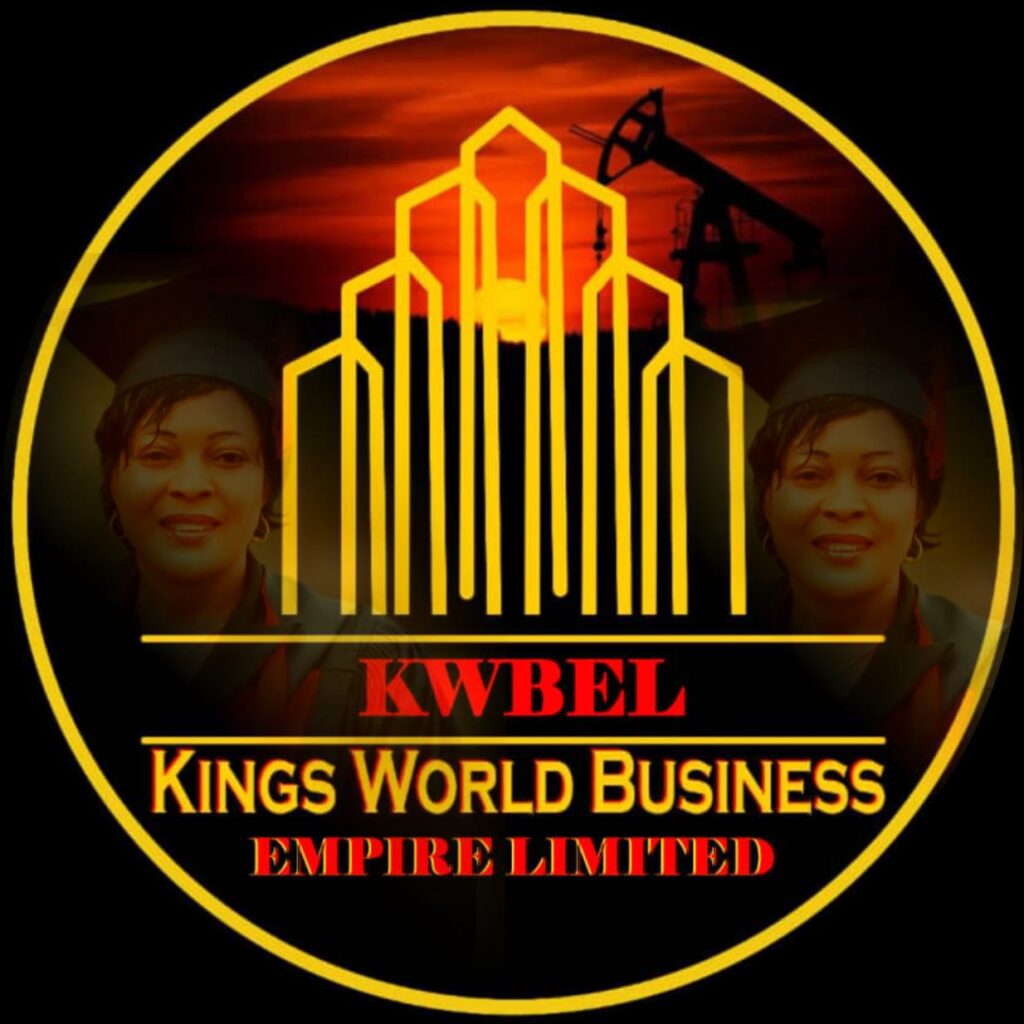
In recent years, the emergence of cryptocurrencies like Bitcoin, Ethereum, and others has revolutionized the global financial ecosystem. While much of the spotlight is on the digital currency market itself, one industry that is increasingly being reshaped by the crypto revolution is the precious metal trade—a traditionally stable and tangible sector dominated by gold, silver, platinum, and palladium.
So how exactly is cryptocurrency influencing the world of gold bars and silver coins? Let’s explore the key areas where these two seemingly opposite worlds—digital and tangible—are intersecting.
A Shift in Safe-Haven Assets: Crypto vs. Gold
For centuries, gold has been the go-to asset in times of economic uncertainty, often dubbed the “ultimate store of value.” However, cryptocurrencies, especially Bitcoin, have started to compete for that title.
Comparison:
| Feature | Gold | Cryptocurrency |
|---|---|---|
| Tangibility | Physical | Digital |
| Supply | Finite (but mined) | Algorithmically capped (e.g., Bitcoin: 21M max) |
| Portability | Moderate | Very high |
| Volatility | Low | High |
| Regulation | Global, long-standing | Evolving, fragmented |
While gold remains more stable, younger investors see crypto as the “digital gold” of the 21st century—potentially offering faster gains and easier access.
Digital Payments in Metal Trading
One of the most significant impacts of cryptocurrency in the precious metals industry is the integration of crypto payments.
Examples:
- Precious metal dealers now accept Bitcoin, Ethereum, and stablecoins as payment.
- Crypto-backed cards allow buyers to convert crypto to fiat instantly to purchase gold or silver.
- Some platforms enable users to buy fractional ownership of metals using cryptocurrencies.
Why it matters:
- Faster transactions (compared to traditional banking systems)
- Lower international fees
- Access to a global, tech-savvy customer base
Blockchain-Powered Precious Metal Tokens
Perhaps the most exciting innovation is the tokenization of precious metals.
What is it?
Blockchain technology is being used to create digital tokens backed by real physical assets—like gold or silver. These tokens represent ownership of a specific quantity of metal stored securely in vaults.
Real-World Examples:
- PAX Gold (PAXG) – One token = one ounce of London Good Delivery gold.
- Tether Gold (XAUT) – Backed by physical gold and redeemable.
Benefits:
- Instant ownership transfers
- High liquidity
- Transparent audit trails
- No need for physical storage or shipping
Enhancing Trust & Transparency Through Blockchain
Fraud, counterfeit metals, and opaque supply chains have long plagued the precious metals industry. Blockchain technology is addressing these concerns by:
- Tracking the entire lifecycle of a metal, from mining to sale.
- Ensuring proof of origin and ethical sourcing (especially important with conflict minerals).
- Enabling smart contracts that automate and secure trade processes.
This increased transparency can attract institutional investors who require documented provenance and secure asset management.
Expanding Global Access to Precious Metals
Traditionally, investing in precious metals required:
- Access to a bullion dealer
- High capital
- Secure storage
Now, with the help of crypto:
- Anyone with an internet connection can invest in tokenized gold or silver.
- Micropayments make fractional investing possible.
- Even people in unstable economies or unbanked regions can diversify their assets securely.
Volatility Risks and Market Competition
While the merging of crypto and precious metals offers many advantages, it also brings challenges:
- Crypto volatility can make pricing unstable.
- The rise of crypto could divert investors away from traditional safe-haven assets like gold.
- Lack of standardized regulation can lead to confusion or distrust.
What the Future Holds
The convergence of cryptocurrency and precious metals is still evolving, but here’s what we may see in the near future:
- Hybrid investment platforms offering diversified crypto-metal portfolios.
- More central banks exploring digital gold reserves.
- AI and blockchain combining for smarter, fraud-proof trading platforms.
- Precious metals serving as a backing for new stablecoins, reinforcing value.
Final Thoughts
Cryptocurrency and precious metals may seem like opposite ends of the investment spectrum—one digital, volatile, and new; the other physical, stable, and ancient. But in today’s evolving financial landscape, these two worlds are intersecting in innovative ways.
From tokenization to blockchain tracking, and from crypto payments to global accessibility, the impact of cryptocurrency on the precious metal trade is both profound and promising.
As the lines between physical and digital assets continue to blur, investors, traders, and industry players must adapt—or risk being left behind in this new era of decentralized finance and commodity trading.
